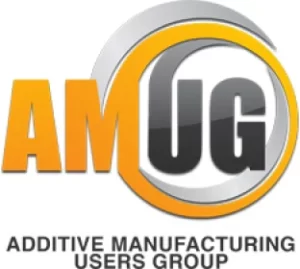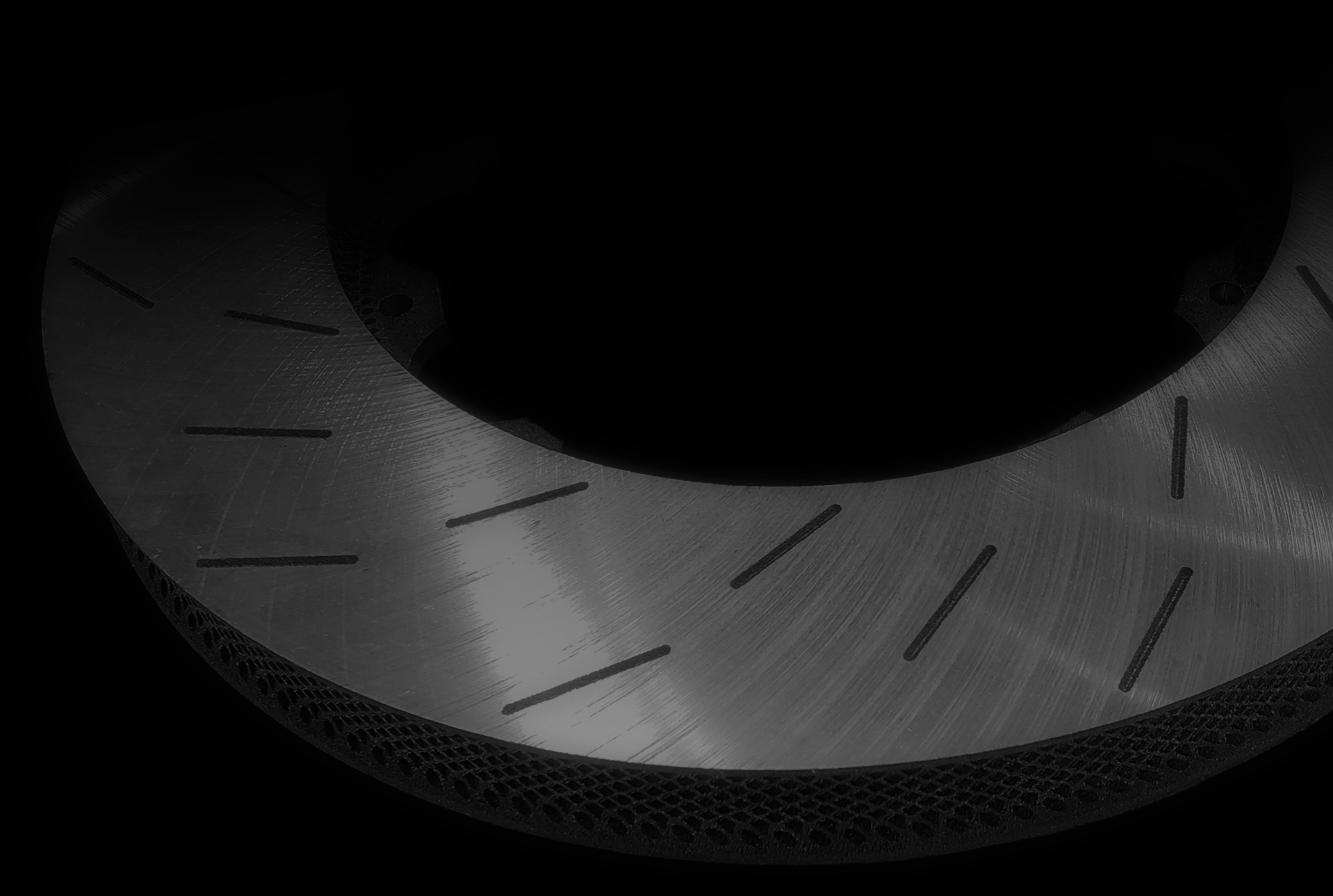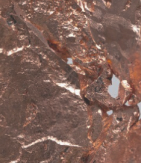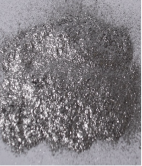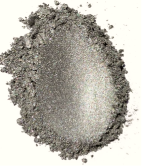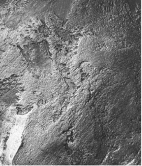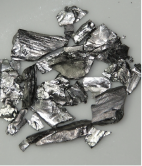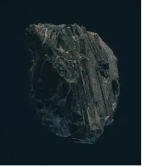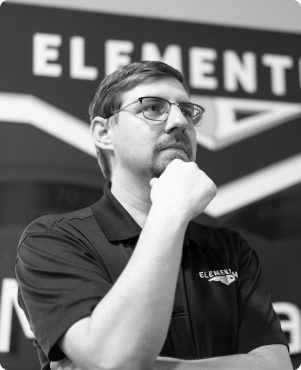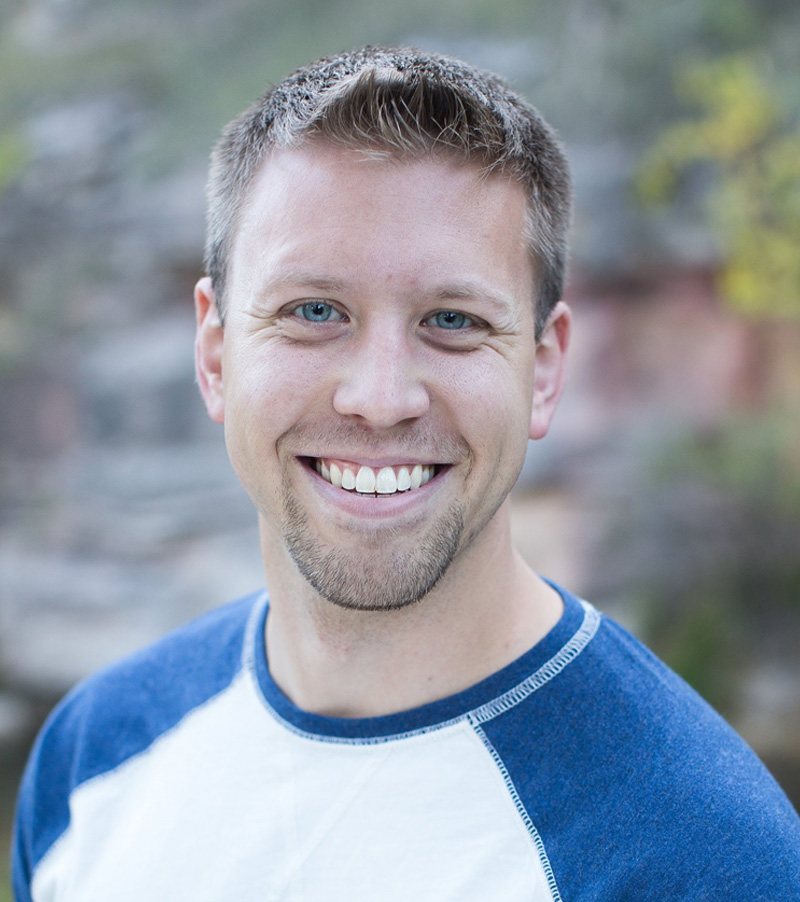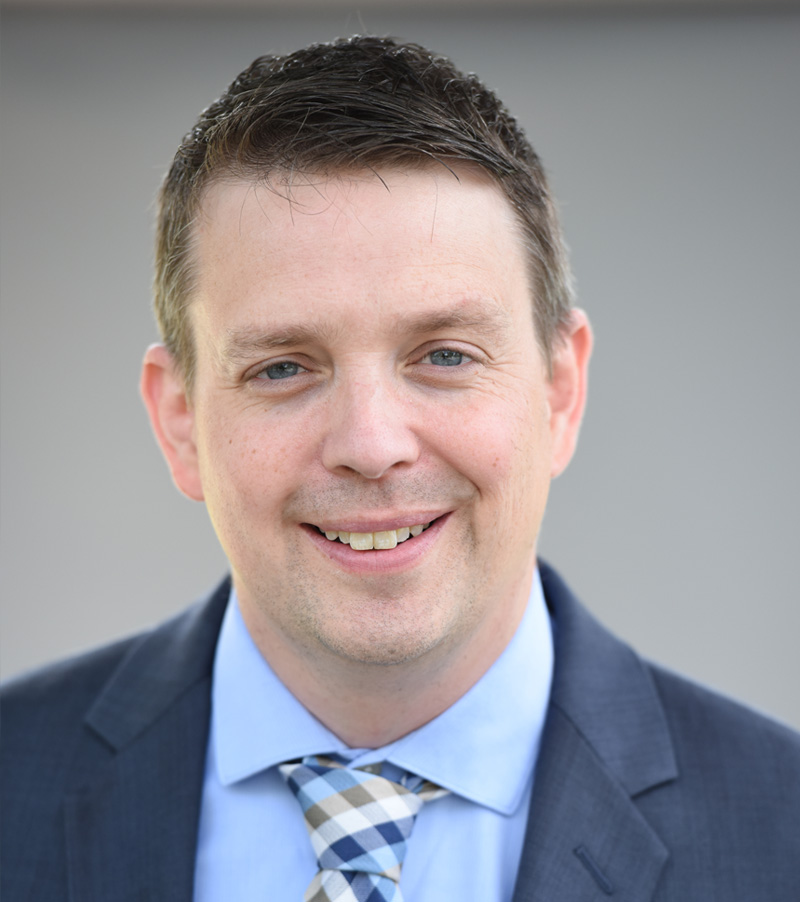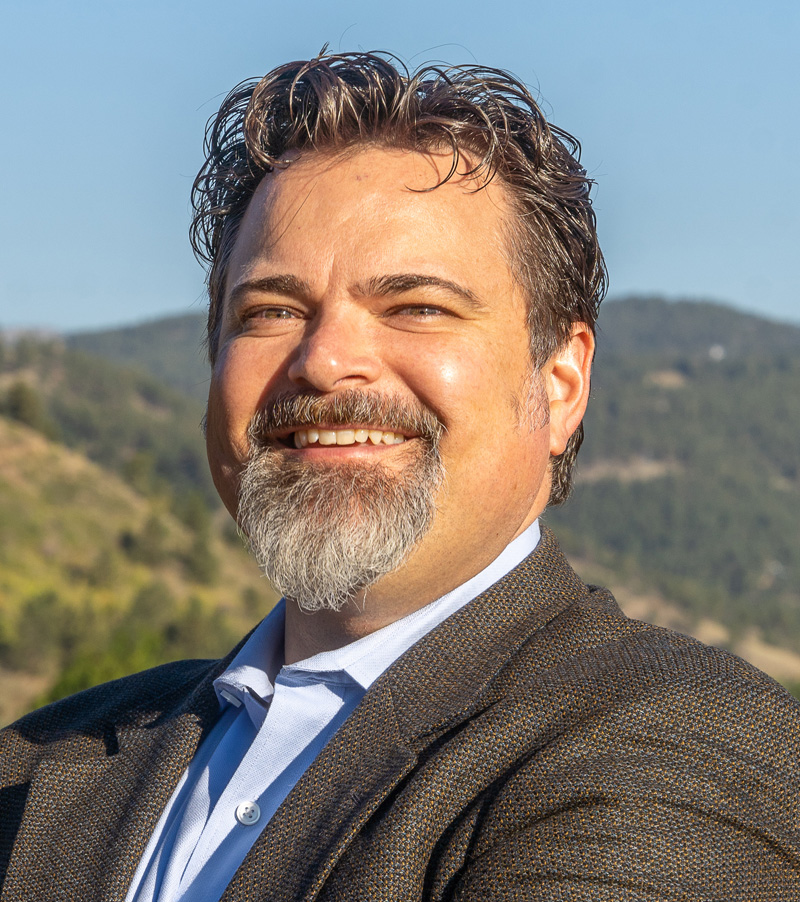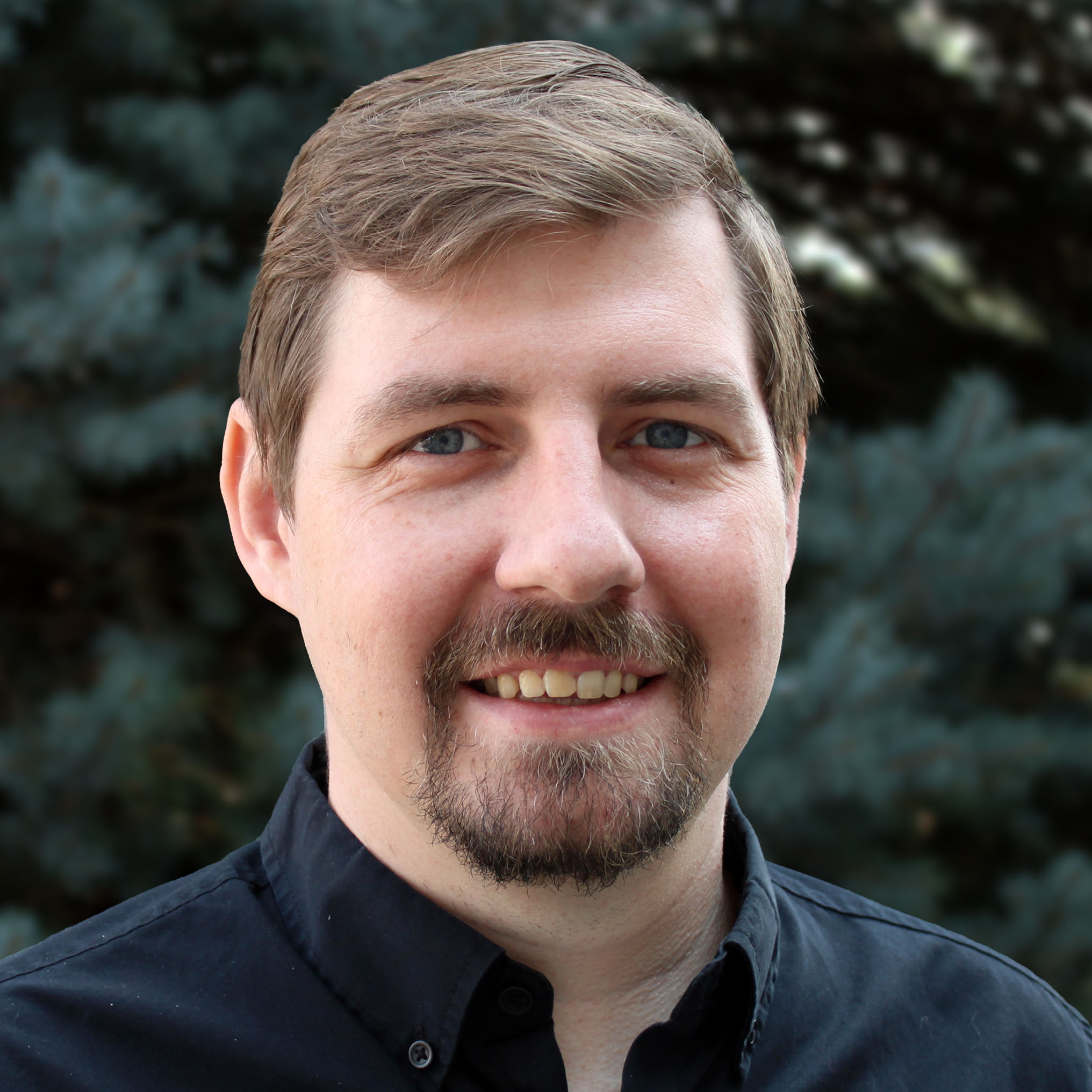
Elementum 3D secures DARPA funding to develop printing process for rhenium metal
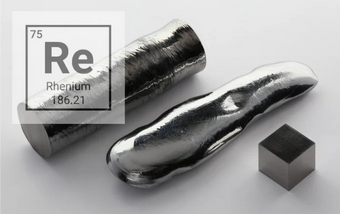 Elementum 3D has been awarded a Direct to Phase II SBIR contract from DARPA to develop a robust, economical additive manufacturing (AM) process to fabricate complex-shaped components from the refractory metal rhenium (Re).
Elementum 3D has been awarded a Direct to Phase II SBIR contract from DARPA to develop a robust, economical additive manufacturing (AM) process to fabricate complex-shaped components from the refractory metal rhenium (Re).
As a refractory metal, rhenium can withstand high heat and has the 2nd highest melting point of all metal elements behind only tungsten. For this reason, rhenium is sought after as a component material capable of increasing the performance and extending the life of rocket and missile propulsion systems.
While rhenium has significant usage as an alloying constituent in nickel-based superalloys, its use as a base alloy is limited due to difficulty in traditional processing of this material. Forming rhenium into the complex shapes necessary for these applications is currently costly because of its high melting temperature, and it is an extremely difficult material to machine as it undergoes extensive work hardening. Additionally, some geometries are simply inaccessible with available machining and forming methods. A major initiative of the awarded SBIR is to research and develop an AM fabrication route to print components with geometrical features that cannot otherwise be produced by traditional manufacturing processes including powder metallurgy (PM) and electrical discharge machining (EDM).
As a recognized industry leader in developing new materials and processes for printing complex components using laser powder bed fusion (LBPF), Elementum 3D has a proven track record in developing high quality, repeatable print processes for other refractory metals including tantalum, tungsten, tungsten heavy alloy, and tungsten-rhenium alloy. This experience will allow Elementum 3D to work efficiently and rapidly in establishing a rhenium feedstock supply chain and print process suitable for critical applications.
Elementum 3D’s work on this DARPA project aims to help develop and expand the market for rhenium for AM processing so that the material can be used to benefit a wide range of advanced propulsion and hypersonics applications at the lowest possible cost. Should the base effort prove successful, an “option period” contract may be exercised at DARPA’s discretion to perform component-level fabrication and testing that will help encourage commercial adoption of rhenium for AM.
DFARS 252.235-7010 – Acknowledgment of Support and Disclaimer: This material is based upon work supported by DARPA under Contract No. 140D0422C0003. Any opinions, findings and conclusions or recommendations expressed in this material are those of the author(s) and do not necessarily reflect the views of DARPA.
Elementum 3D and EOS partner to support first collegiate rocket launch
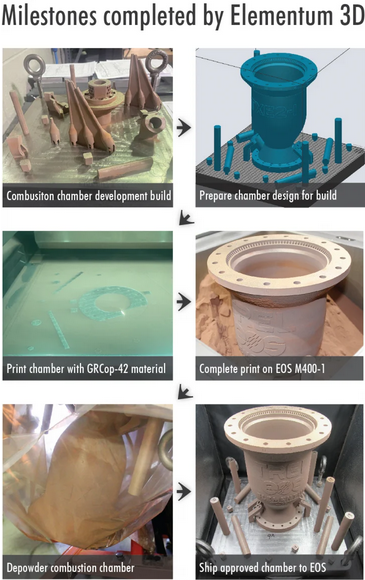 A group of engineering students at the University of Texas at Austin (UT) is striving be the first collegiate team to launch a liquid bi-propellant rocket to an altitude of 100 kilometers, to the Kármán line—the internationally recognized boundary between Earth’s atmosphere and space. To achieve this feat, Elementum 3D and EOS have partnered with the Texas Rocket Engineering Lab (TREL) team to push the limits of science and rocketry with the inclusion of additive manufacturing printer technology and advanced materials.
A group of engineering students at the University of Texas at Austin (UT) is striving be the first collegiate team to launch a liquid bi-propellant rocket to an altitude of 100 kilometers, to the Kármán line—the internationally recognized boundary between Earth’s atmosphere and space. To achieve this feat, Elementum 3D and EOS have partnered with the Texas Rocket Engineering Lab (TREL) team to push the limits of science and rocketry with the inclusion of additive manufacturing printer technology and advanced materials.
TREL’s innovative combustion chamber design was printed on an EOS GmbH M 400-1, using Elementum 3D’s advanced copper alloy. This component integrates a special injector design that increases chamber pressure for greater efficiency, and it is fully reusable and able to support up to 60-second firing durations. The choice to use a 3D printing process also allowed the chamber to be printed as a single piece to help guarantee fewer points of failure, enabled special channel geometries to maximize regenerative cooling with a minimal pressure drop, and greatly simplified the manufacturing of unique design capabilities such as regen cooling the lower flange.
TREL views Elementum 3D and EOS as incredibly valuable assets in helping them accomplish their goal to reach the stars with potentially the most efficient 3D printed rocket engine ever produced by a collegiate team!
SPECIAL NOTE: TREL was originally founded to compete in the Base 11 competition. The mission of the competition was to encourage an increased representation of inclusion for women and minorities in STEM. Due to the extenuating circumstances surrounding COVID-19, this challenge—and the $1 million prize—has since been canceled…but that hasn’t stopped the TREL team from propelling forward!
RAM aluminum alloys add competitive advantage to motorsports applications
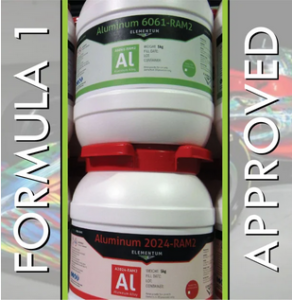 Racing circuits around the world are enjoying the competitive edge of additive manufacturing (AM). The adoption of our printable high-performance A6061-RAM2 and A2024-RAM2 aluminum alloys are furthering the advantage — both RAM materials have been approved for use in Formula 1 since 2021.
Beyond racing applications, we are transitioning our materials to high-end automotive applications — A2024-RAM2 is perfect for high-temperature engine applications and A6061-RAM2 can be used to print a variety of race car components, including brackets, manifolds, rocker arms and additional parts that can benefit from part consolidation or DFAM light weighting.
Elementum 3D materials can be purchase through our website. Parameters are included and span a wide variety of printer formats. Contact us today and let’s talk about your application!!
Racing circuits around the world are enjoying the competitive edge of additive manufacturing (AM). The adoption of our printable high-performance A6061-RAM2 and A2024-RAM2 aluminum alloys are furthering the advantage — both RAM materials have been approved for use in Formula 1 since 2021.
Beyond racing applications, we are transitioning our materials to high-end automotive applications — A2024-RAM2 is perfect for high-temperature engine applications and A6061-RAM2 can be used to print a variety of race car components, including brackets, manifolds, rocker arms and additional parts that can benefit from part consolidation or DFAM light weighting.
Elementum 3D materials can be purchase through our website. Parameters are included and span a wide variety of printer formats. Contact us today and let’s talk about your application!! 
Join us at RAPID + TCT 2022 to discover what’s possible with metal AM powders
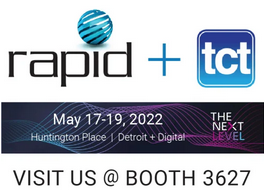
Additional reasons to experience RAPID + TCT 2022:
- TAP into North America’s most credible, comprehensive, and influential AM event.
- UNITE to share the latest trends in AM with 10,000+ AM professionals
- CONNECT with industry innovators as you explore the entire AM ecosystem
- DISCOVER solutions at 400+ exhibits
- EXPLORE new products – more are launched at RAPID than anywhere else
- LEARN from 200+ speakers, hosting 130+ technical presentations
- EXPERINCE insights from leading industry keynotes and thought leaders
- ATTEND the “AM Industry Celebration” – a can’t-miss networking event – OPEN TO ALL!
- DISCUSS Emerging trends with 60+ leaders
- INSPIRE others by sharing your story

- Boeing unveils high-throughput small satellite 3D printing production facility
- https://www.yahoo.com/now/additive-manufacturing-industry-grew-18-124800030.html
- Millennium drills down on 3D printing, as MEO missile tracking effort progresses
- Powering the renewable energy transition with 3D printing: Decarbonization
- Three Areas Holding Back The $10.6B 3D Printing Industry
- Divergent Technologies closes series C funding with $160 million
- Chevron Avoids Refinery Shutdown Thanks to 3D Printed Replacement Parts
3D Printing + Aluminum Webinar
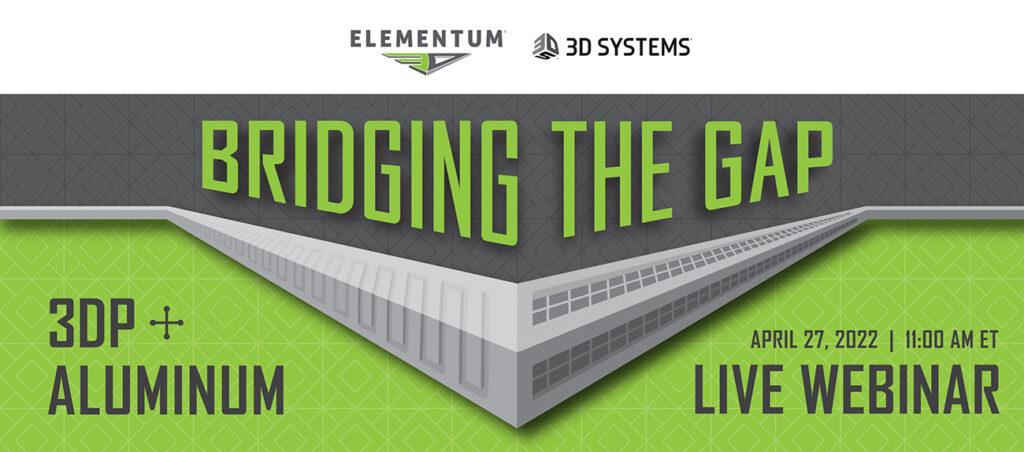
Elementum 3D invites you to attend its one-hour co-hosted “Bridging the Gap” webinar on Wednesday, April 27, at 11am (EDT). The third installment of this webinar series will present valuable insights into the capabilities of high-strength aluminum alloys and their impact on critical industrial applications. Technical experts from 3D Systems and Elementum 3D will spotlight exciting new applications and explain how high-strength aluminum alloys and reliable AM processes are meeting the requirements of industry today. An interactive Q&A session will follow.
Key takeaways:
- Learn why aluminum has emerged as the most desired 3D printing (3DP) metal material.
- Understand how revolutionary advances in materials development and printer technology have made the near-impossible goal of printing high-strength aluminum alloys possible.
- See real-world examples of how the availability of advanced aluminum alloys is impacting the advancement of new and innovative applications.
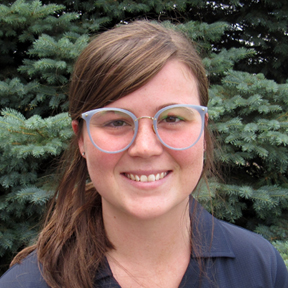
Chloe Johnson, Materials Scientist & Aluminums Lead
PhD, Materials Science, Colorado School of Mines
Elementum 3D, Inc.

Jeremy Iten, Materials Scientist & CTO
PhD, Materials Science, Colorado School of Mines
Elementum 3D, Inc.
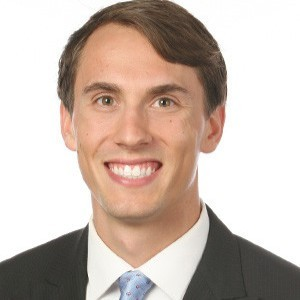
Aaron Schmitz, Process & Validation Engineer
3D Systems
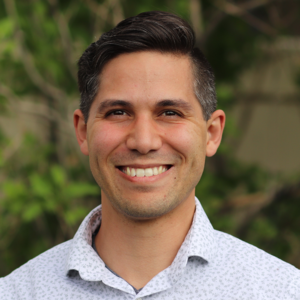
Dustin Crouse, Senior Application Development Engineer, Application Innovation Group
3D Systems
Elementum 3D exhibits “Live” in Chicago and Detroit
Elementum 3D will be exhibiting its revolutionary technology and materials at two premier annual events showcasing the game changing benefits of AM — Additive Manufacturing Users Group (AMUG), April 3-7, in Chicago, IL (Booth# 68) and Space Symposium April 4-7, in Colorado Springs, CO (Booth# 810). Both events present the perfect opportunity to have our materials scientists, engineers, and sales team onsite to meet AM users face-to-face and gain valuable insights into their materials needs. We are honored to exhibit Elementum 3D’s technology, resources, expert knowledge and experience at both industry leading events.
